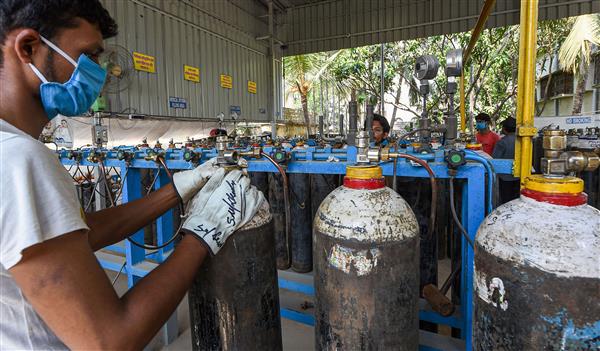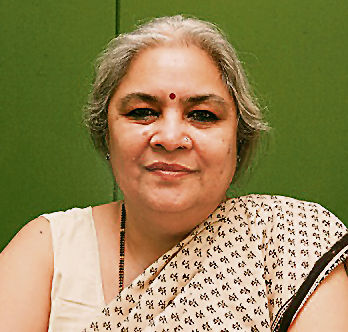
This past fortnight has been like none other in my memory. The daily sight of people literally dying on the streets and of bodies dumped on pavements as they await a slot for cremation or burial is enough to melt even the sternest heart. It will be a long time before we can forget these heart-rending scenes and for once, our media highlighted the issues that finally nudged the conscience of our political leaders, who were till then only counting votes, not dying people. I sincerely hope that the coming fortnight will see some relief and that our vaccination programme is handled with more professionalism than the pandemic has been.
That said, I will turn to why May 2 holds a special significance for Bengal, other than the day it will choose its next government. It is the day that will mark the centenary of one of its most famous icons: Satyajit Ray, a filmmaker like no other. Even after 50 years, I can clearly recall my first Ray film, ‘Pather Panchali’, which I saw in 1957 at the age of six in Lucknow. My mother, who had known Ray in Shantiniketan, and my father had taken me along because I was too small to be left at home. The film had no subtitles and was a grim black and white chronicle of rural Bengal. Yet, scenes from it stayed with me when I saw it almost 35 years later in Chandigarh at a film appreciation course in the Department of Theatre. I can never forget the images of Apu and Parvati running across a field to catch a glimpse of a steam engine, the dance of raindrops on the village pond with its haunting musical score by Ravi Shankar and the last scene when the family leaves the village.
I don’t think I have missed a single Ray film and each one has moved me immeasurably. Ray’s ability to capture the human spirit is a gift that few are given. When I was translating my mother’s memoir of Shantiniketan, I came across some beautiful lines she had written when she paid him a tribute in an obituary that says it best: ‘What Ray placed before us was a thrillingly new visual universe — our everyday world with a completely new dimension. To every spectator — whether he was from Punjab, the far south or Maharashtra — Ray’s films did not present characters that were tied to a narrow parochial world. His characters spoke to us all equally. Every gust of breeze, every patter of raindrops in his films touched us all with the same intensity. The men and women we saw in his films had faces that we knew and empathised with because their wrinkles were etched with our pain.’
Titled ‘Amader Shantiniketan’, the book is finally ready for release on May 20 except that in these Covid times, it will be all done virtually. It’s a slim book but gives us a picture of a Bengal that has all but vanished. At a time when this beautiful land has been reduced to a war zone and the legacy of its great writers and artists has sadly become a game of political football, it is vital that we remember the first flush of the great Bengal renaissance, ushered in by Tagore in his ashram. What is more, it illustrates how a simple lifestyle and a liberal institution where classes were held under an open sky, its wise gurus and the overarching presence of Tagore himself changed the lives of generations of students.
I did not realise it then but I am told that this is also the centenary of Visva-Bharati, the university that Tagore set up. So, I am happy that the karma of the book has led it to be published now, even though it was written some 60 years ago, when some of its most important lessons need to be remembered and inculcated into our dying school system. Many have written of Tagore as a poet, musician, nationalist and artist but we must always remember why Mahatma Gandhi called him Gurudev: a wise teacher. His love for children and his unerring understanding of how to mould young minds into realising their potential was his lasting gift to all those who passed through his ashram.
Let me also say how once again this country has shown us how in times of a crisis, it is the ordinary people, and communities such as our redoubtable Sikhs, who have provided help and succour to those whom the government has left to fend for themselves. Oxygen langars! Can any other country match the ingenuity of our gurdwaras where the sangat devised a novel way of providing oxygen through pipes that were set up as lifelines overnight? As far as I am concerned, this is what makes religion meaningful.
Join Whatsapp Channel of The Tribune for latest updates.




























